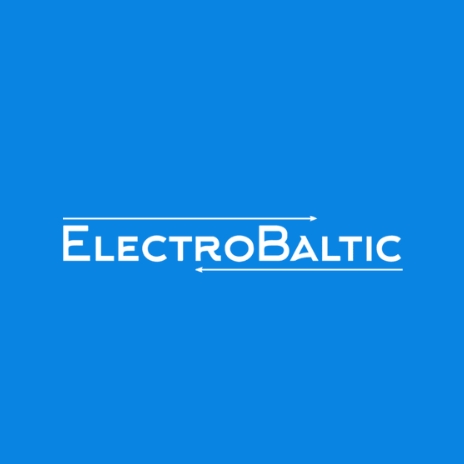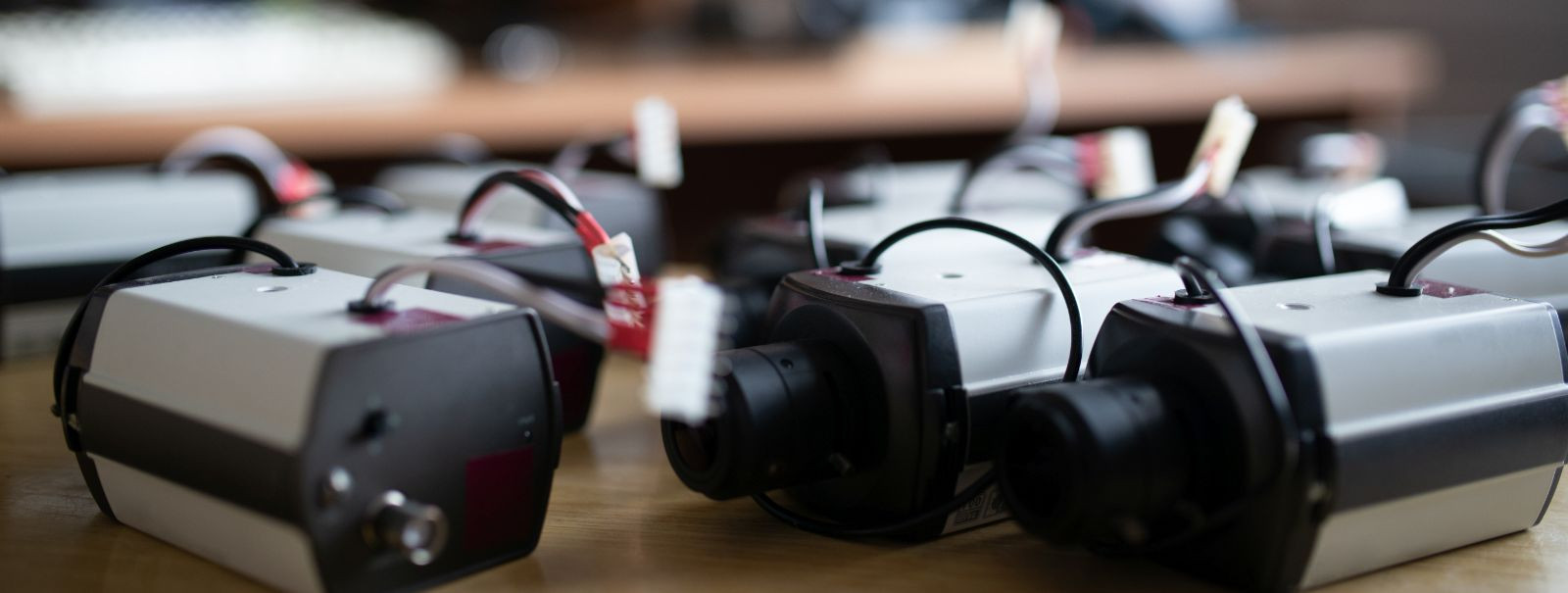The future of home automation: trends to watch
The concept of home automation has evolved from basic remote-controlled devices to sophisticated systems that can manage nearly every aspect of a home's functionality. As we look to the future, the potential for home automation is boundless, with trends indicating a shift towards more integrated, intelligent, and user-friendly environments.
Emerging Trends in Home Automation
Artificial Intelligence (AI) and machine learning are at the forefront of transforming home automation systems into proactive assistants capable of learning from user behavior and automating tasks accordingly. This trend is set to revolutionize how we interact with our living spaces.
Voice and gesture control technologies are becoming more sophisticated, allowing for more natural and intuitive ways to interact with home automation systems. This trend is not only about convenience but also about making technology accessible to a broader range of users, including those with disabilities.
As home automation systems become more connected, the importance of security and privacy is paramount. Future systems will need to be designed with robust security measures to protect against cyber threats and ensure user privacy.
Home automation is playing a critical role in promoting energy efficiency and sustainability. Future trends will likely include systems that optimize energy consumption and integrate with renewable energy sources.
The integration of health monitoring technologies into home automation systems is a growing trend. These systems can track vital signs, remind users to take medication, and even alert medical professionals in case of an emergency.
Technological Innovations Driving Home Automation
The rollout of 5G technology promises to enhance the connectivity of home automation devices, leading to faster and more reliable systems that can handle a greater number of devices simultaneously.
Edge computing is set to reduce latency and improve the responsiveness of home automation systems by processing data closer to the source rather than relying on cloud servers.
The Internet of Things (IoT) continues to expand, with an increasing number of devices becoming 'smart'. This trend is crucial for the evolution of home automation, as it allows for greater integration and control of various home systems.
Impact on Professional Electricians and DIY Enthusiasts
As home automation systems become more complex, the need for skilled professionals to install and maintain these systems increases. This presents an opportunity for electricians and DIY enthusiasts to expand their skill set and service offerings.
The demand for personalized home automation solutions is growing. Users want systems that can be tailored to their specific needs and preferences, which provides a niche for professionals who can offer customized solutions.
With the rapid advancement of technology, professionals must be aware of the challenges, including staying up-to-date with the latest developments and ensuring compatibility between different devices and systems.
Preparing for the Future
Continuous training and education are essential for professionals looking to thrive in the home automation industry. Staying informed about the latest trends and technologies will be crucial for success.
As home automation becomes more prevalent, new standards and regulations will emerge. Professionals must be prepared to adapt to these changes to ensure compliance and safety.
Building relationships with companies at the forefront of home automation technology, such as ELECTROBALTIC OÜ, can provide access to the latest products and insights, giving professionals an edge in the market.






Comments (0)